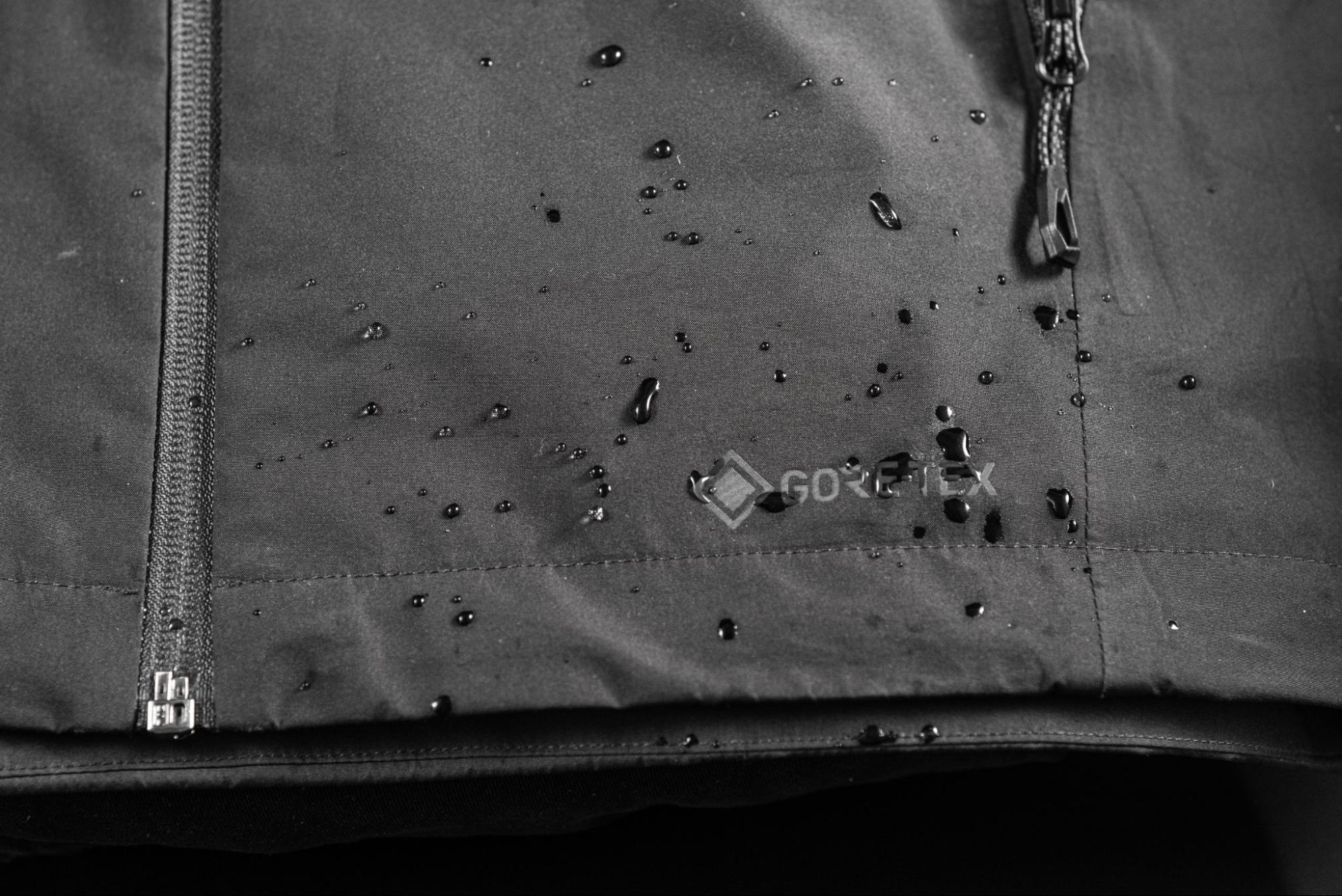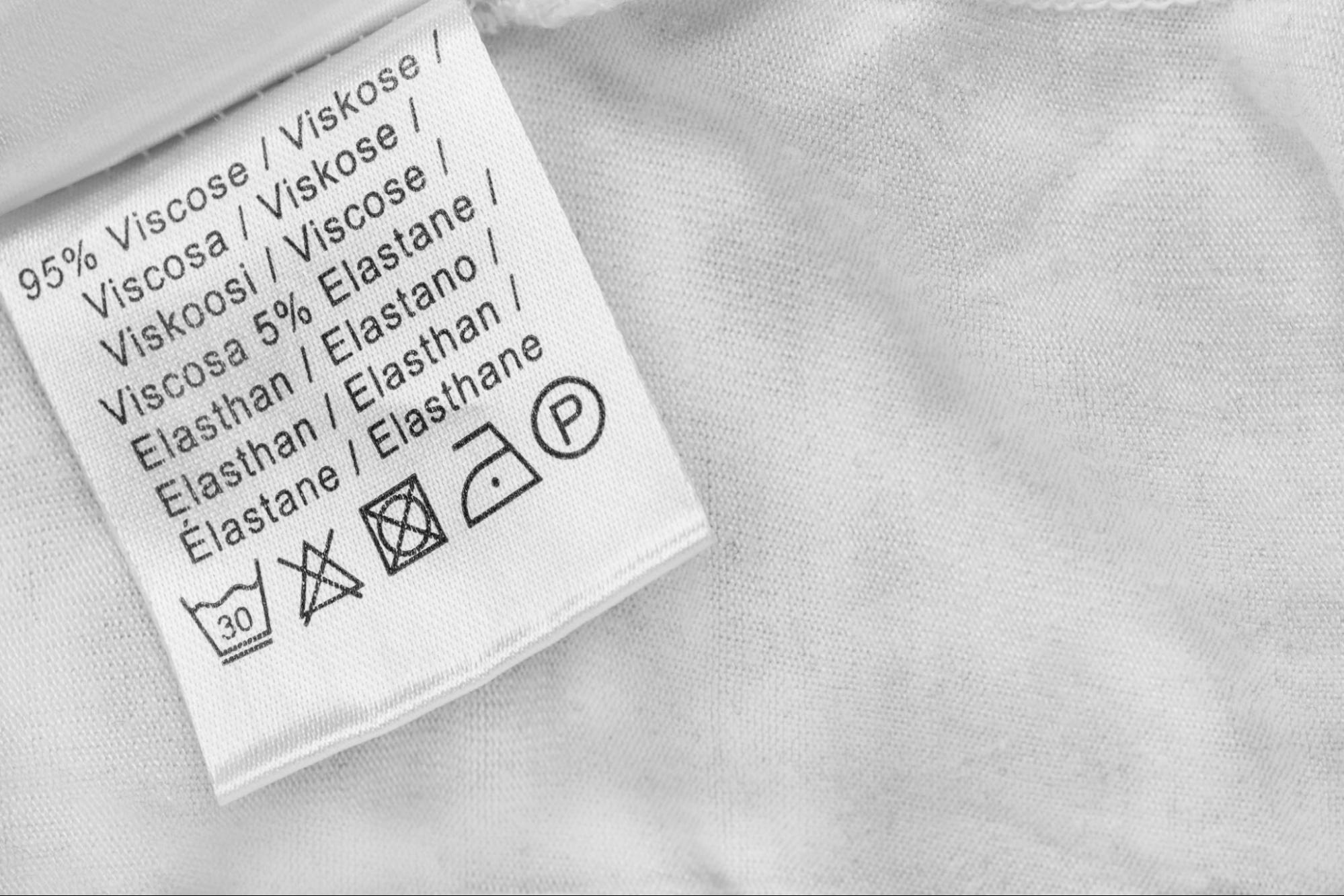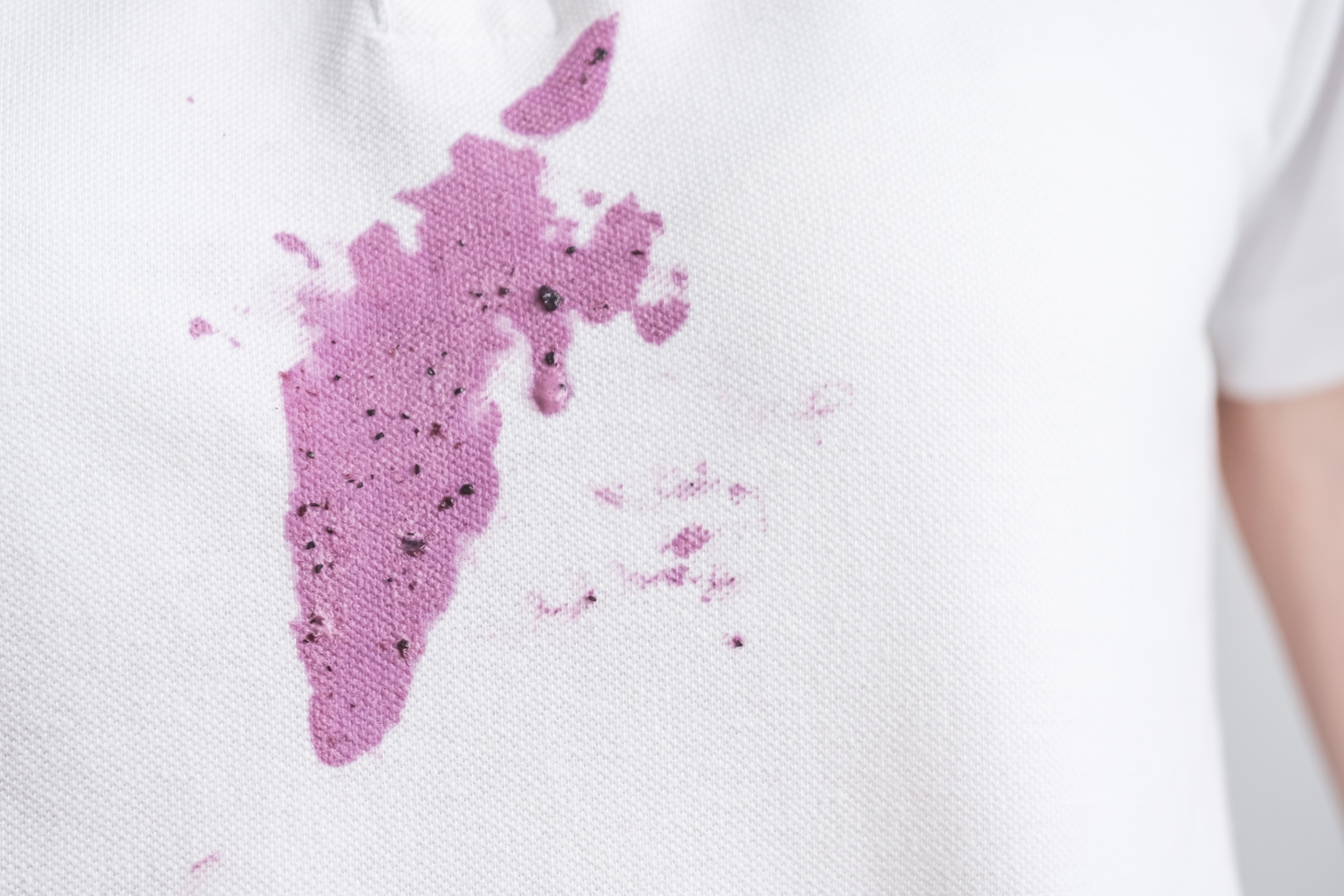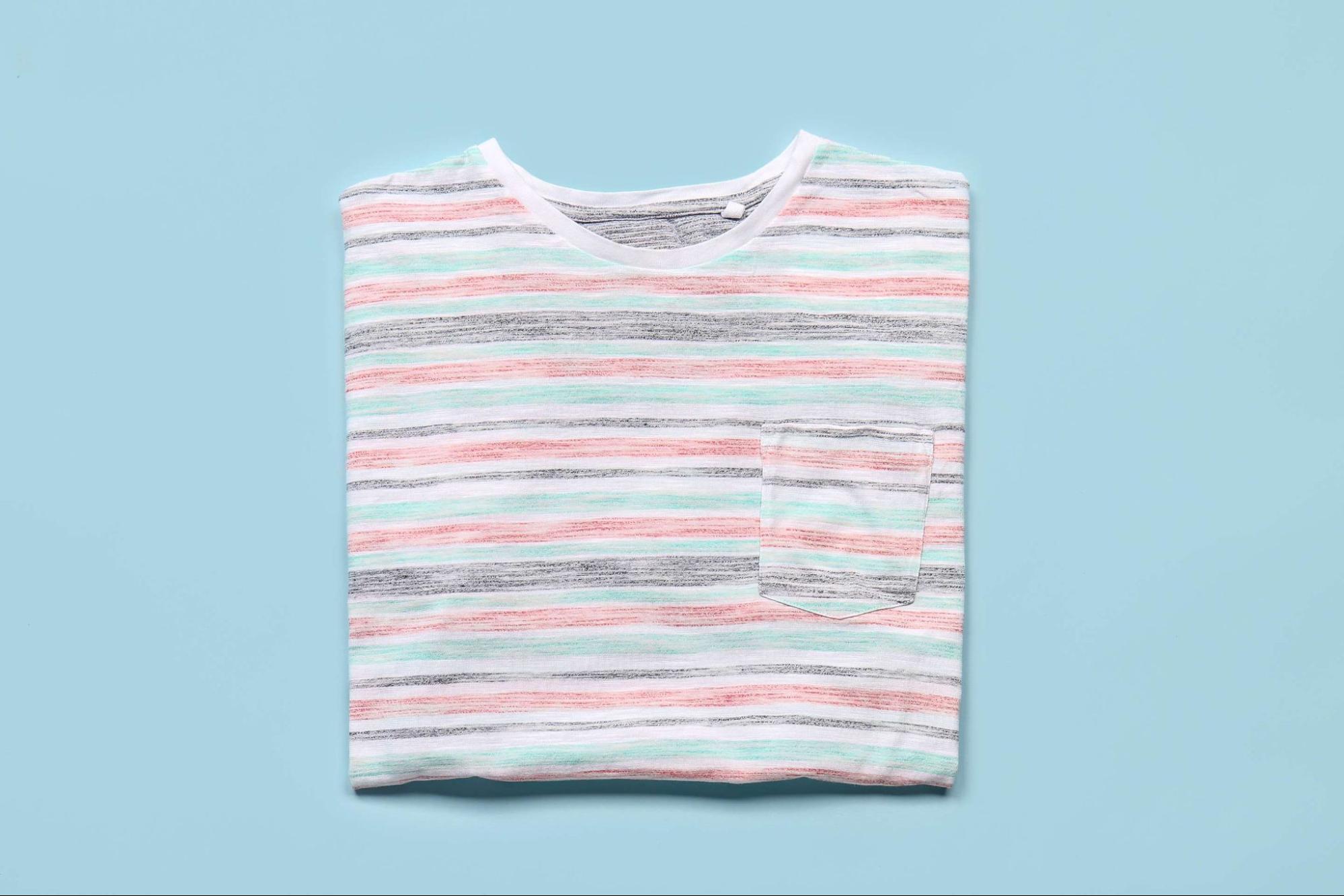Gore-Tex® is an advanced water-repellent and breathable membrane used in outdoor clothing and footwear. This material is designed to protect against adverse weather conditions while allowing moisture to escape from the body, ensuring comfort during activities in challenging conditions. Learn how to properly care for this material to maintain its properties. How to wash Gore-Tex® clothing? Although Gore-Tex® is a durable material, improper washing and care can reduce its performance, especial...
Washing from A to Z
List of articles
Summer days are full of sunshine, trips, sports activities, and time spent outdoors. But they also bring the unpleasant side of warm weather – sweat and odours in your clothes. This is especially common if clothing is worn all day, made from non-breathable fabrics, or left in the laundry basket for too long. In this article, we’ll guide you on how to effectively remove odours from summer clothing, which fabrics are more prone to smells, how to wash and dry them correctly, and, most importantly, ...
We often wonder how frequently we should wash our clothes to maintain not only their cleanliness but also their quality. The right washing frequency depends on several factors, such as the material, the purpose of wear, and the conditions in which the clothes are used. Washing too often can lead to excessive fabric wear, while washing too infrequently may result in odours or dirt build-up. It's important to find a balance to keep your clothes in good condition for as long as possible. What Af...
Swimsuits are an essential part of the summer season, and proper care can significantly extend their lifespan. From their historical evolution to the present day, swimsuits have undergone various changes, which have also influenced the ways they are maintained. The Historical Evolution of Swimsuits Over the centuries, swimsuits have evolved from simple garments made of totally unsuitable materials for swimming into modern pieces packed with technology and style. In ancient Greece and Rome, sw...
Viscose is a natural material made from cellulose, known for its softness and comfort. It feels pleasant to the touch and is very comfortable to wear, but it does require a bit more care when it comes to maintenance. To keep your viscose clothing looking beautiful and maintaining its quality, it's important to follow a few key washing and drying rules. This way, you'll prevent damage to the fabric and extend the lifespan of your favourite piece. Main Characteristics of Viscose Viscose is ver...
Washing at high temperatures may be necessary to remove bacteria, viruses, and stubborn dirt from textiles. Although modern detergents can clean effectively at lower temperatures, there are situations when washing at 60 °C or even 90 °C is the best option. Together, we will explore the benefits of such washing, its development, proper use, and also how to minimise its negative impact on clothing and the environment. Washing at High Temperatures in the Past You might remember fairy tales or f...
Summer, fresh fruit, and… pesky stains! Blueberries are tasty and healthy, but their dark purple color can cause quite a mess on clothes, tablecloths, or even carpets. In this article, we’ll show you how to deal with them easily and effectively. Step-by-step procedure Don’t wait for the stain to dry. If possible, rinse the affected area immediately with cold water – ideally from the reverse side to push the pigment out of the fabric. Apply liquid laundry detergent directly onto the ...
Dandelion stains can be a real headache for parents and gardeners alike. Not only are they hard to get off your hands, but they're even more stubborn when it comes to clothing. Luckily, there are a few tried-and-true tricks up our sleeve to tackle them. Here’s a quick and easy guide! Dandelions contain a milky sap that quickly oxidises on fabric, leaving yellow to brown stains. That’s why it’s important to act as soon as possible and use the right cleaning agents. Here’s how it...
Sorting single-coloured clothing is easy, but what to do when light and dark stripes meet in one fabric? Improper washing can cause the lighter parts to absorb colour from the darker ones, and the pattern will lose its contrast. If you want your striped pieces to stay like new and free from unwanted stains, just follow a few basic rules. Colour Test Before Washing High-quality clothing should have stable colours, but with new pieces, it’s always better to test their colour fastness. Hand te...
Silk is a natural material that requires gentle care. Improper washing can cause loss of shine, fibre damage, or unwanted stains. Always hand wash silk in cold water (max. 30°C) with a mild detergent specifically designed for silk. Gently rinse the fabric, do not scrub or wring it. If you wash in a washing machine, use the delicate fabric program, low spin speed, and a laundry bag. Skip the fabric softener as it could weaken the fibres. After washing, let the silk dry naturally – hang it in a...










